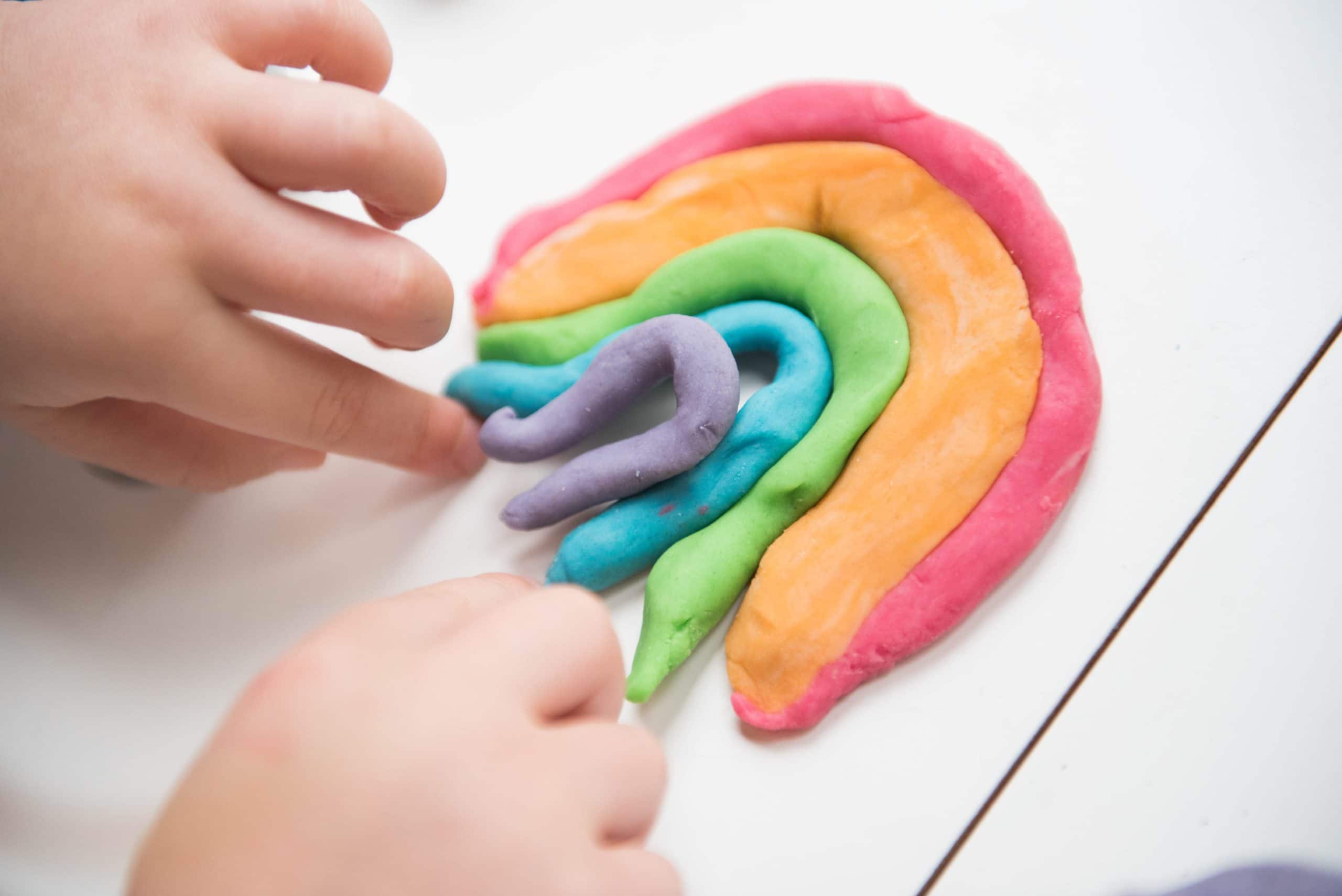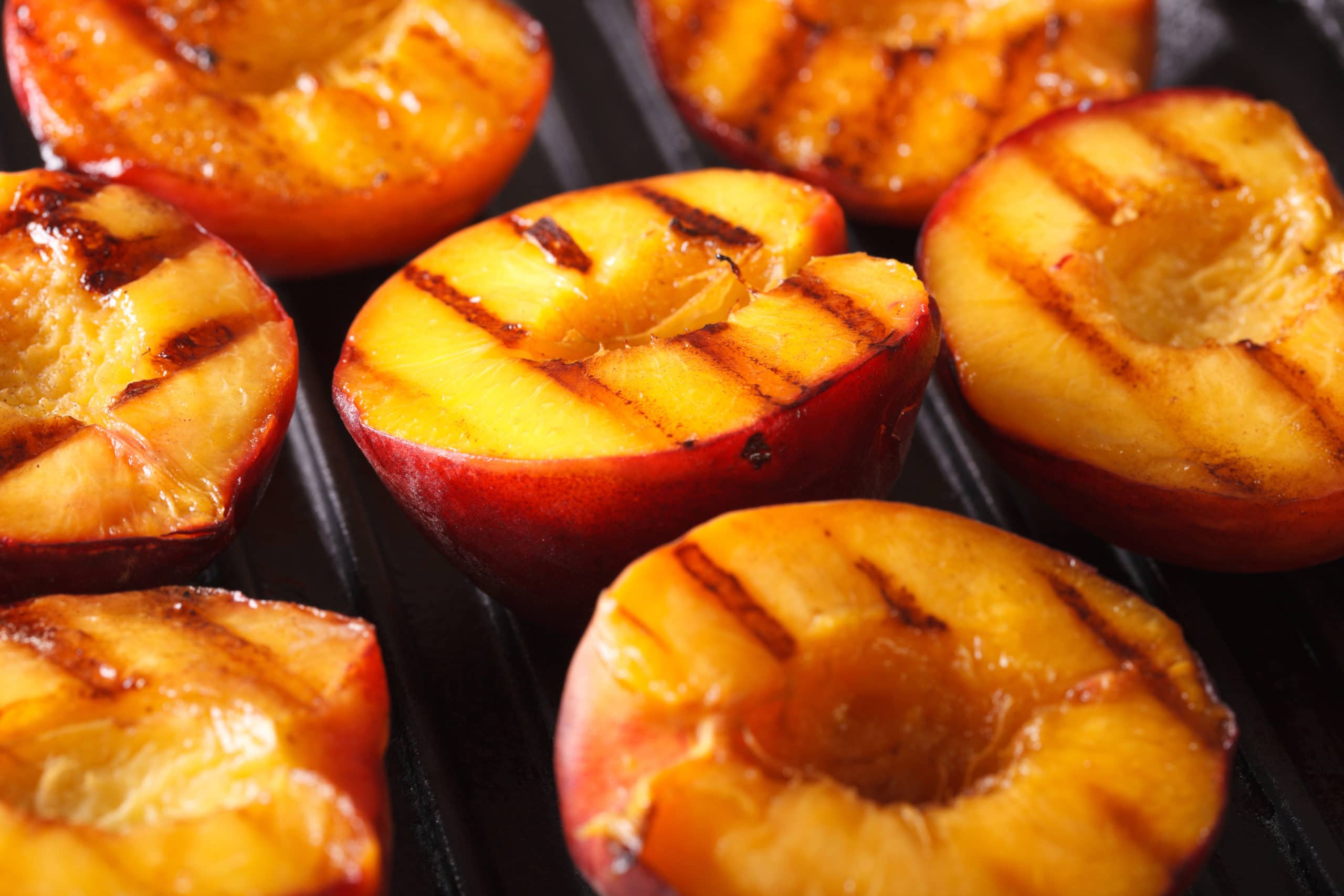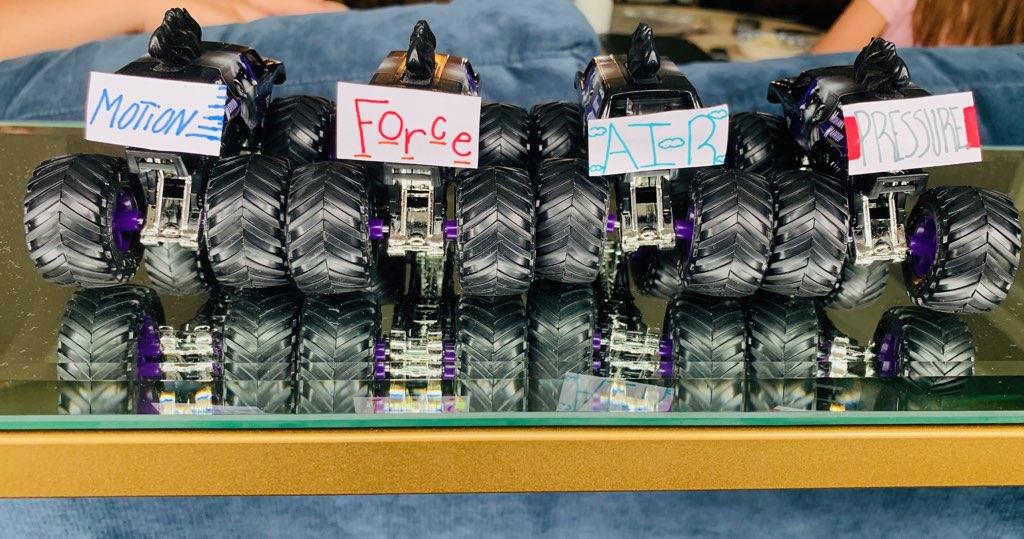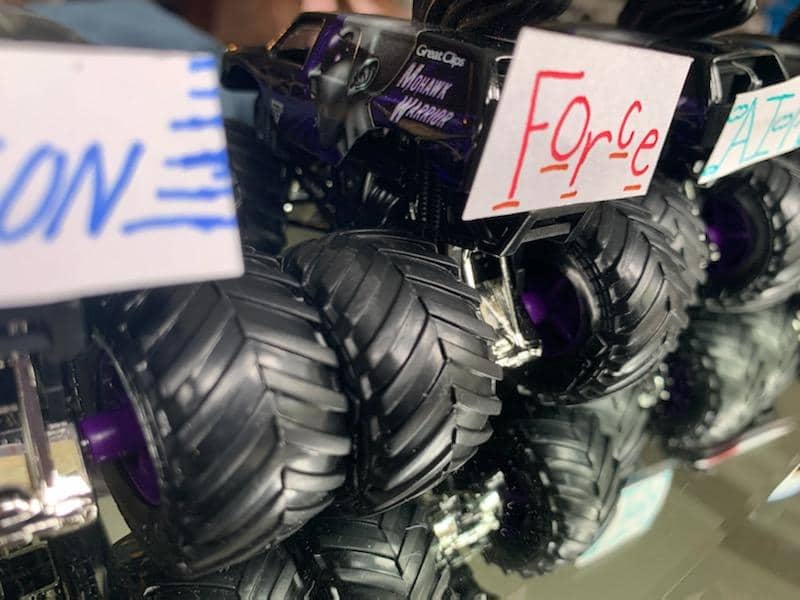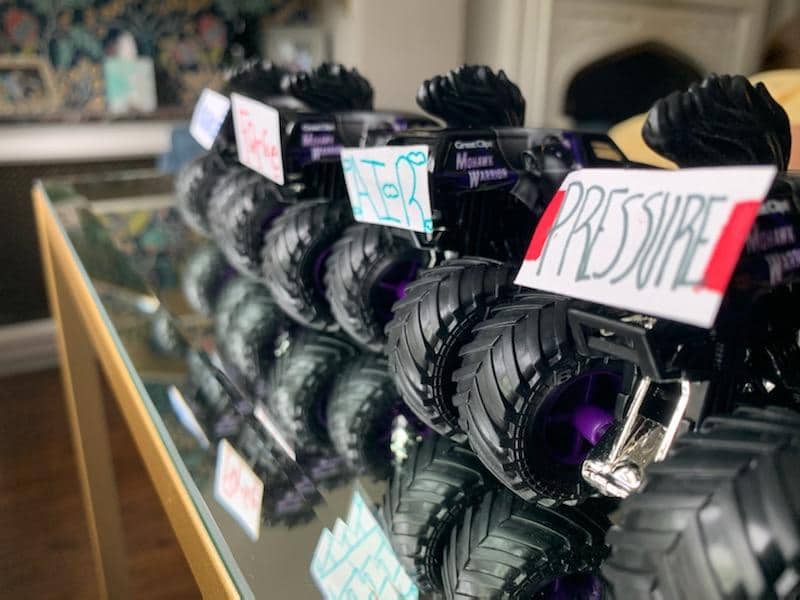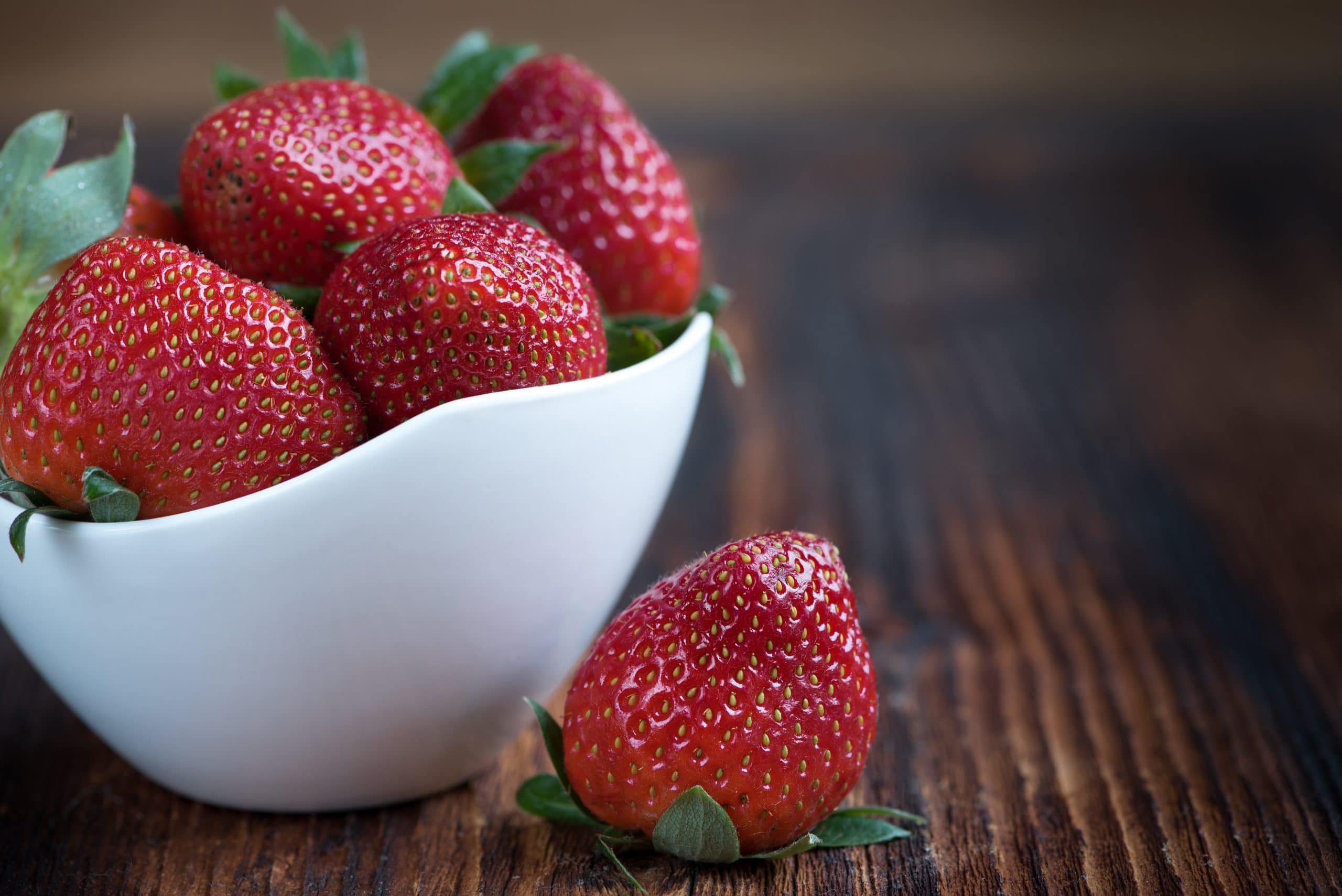Customer loyalty app: 3 most important qualities when rewarding loyalty
Efficient customer loyalty apps facilitate transactions, store personal data, offer a direct link to shopping assistants, solve customer pain points, and provide instant gratification. When considering how to reward customer loyalty, brands and retailers should be sure their customer loyalty apps offer these services and are also personalized, engaging, and user-friendly.
The 3 Most Important Qualities of a Customer Loyalty App
1. Personalization
When it comes to rewarding loyalty, personalization tops the list of most important qualities. A customer loyalty app that lacks personalization tends to lead to customer dissatisfaction. Consumers expect personalization as a standard of service. A customer loyalty app should be set up to continuously track customers’ buying and browsing histories to find ways to personalize the next interaction.
In order to meet consumer personalization expectations, brands and retailers must understand that some will download their app for the rewards points, while others may like enhanced customer service, recommendations, and access to exclusive offers. These consumers may look at a customer loyalty app as:
- utilitarian (inherently useful): offering coupons, discounts, free shipping, no-hassle returns;
- hedonic (evoking pleasant sensations): offering early sale access, express checkout, personalized recommendations; or
- symbolic (representative of values): providing feelings of importance, superiority, and satisfaction with “VIP” status.
While utilitarian benefits are more directly related to short-term buyer satisfaction and likely get a potential customer’s “foot in the door,” it will be the hedonic and symbolic values that ultimately equate more with long-term customer loyalty.
Brands and retailers should tailor their customer loyalty programs to encourage long-term customer loyalty. One effective way to do this is with a tiered loyalty program. The top tiers should be as benefit-rich as possible, encouraging shoppers to remain loyal in order to reach the next level of rewards. Studies have shown that the top 10% of a brand’s customer base is spending three times more than the average customer, and the top one percent is spending five times more. This uber-loyal group is not simply motivated by deep discounts but by the services offered through a personalized customer loyalty program.
2. Engagement
Rewards programs are about more than accruing points. Customer loyalty app users are looking for an enhanced experience. Ideally, customers will use apps to engage with a brand for a sustained amount of time in ways that are productive and rewarding. App satisfaction then, in turn, produces more than transactional loyalty—but long-term brand affinity.
Retailers can think of apps as a marketing venue for the creation of compelling content and an opportunity to delight buyers. Users want to use apps because they’re fun and they make the shopping experience more convenient. Shoppers want to engage with brands that understand them, go the extra mile for them, and resonate with their core values and lifestyles.
In-Store Functionality
Shoppers aren’t simply using customer loyalty apps to shop online; they’re also logging into apps in-store for help with their purchases. Nearly 60% of shoppers look up products or pricing information while in brick-and-mortar stores. In grocery stores, 68% of shoppers use mobile apps to locate desired items, check inventory, look for deals, and to self- checkout. Adding digital touchpoints to facilitate easier in-store shopping is not only highly influential, but it’s still a competitive differentiator, as only 1 in 10 retail apps include functionality designed specifically for the in-store experience.
Customer loyalty apps should be equipped to:
- Include product photos, descriptions, pricing, and reviews.
- Use mapping technology and in-store navigation to help shoppers find items on their list.
- Allow item scanning and mobile checkout or buy online pick up in-store (BOPIS).
- Send personalized, real-time offers with in-store beacons.
Intelligent Communications
Push notifications can be a key to increasing order volumes and store visits. Ideally, a loyalty app’s push notifications:
- Appeal with conversational tone.
- Keep wording brief, with a CTA.
- Attach a clear offer or incentive.
- Use images when possible.
- Segment users by geography.
Some savvy app users may disable push notifications from the get-go. That doesn’t mean you lose the opportunity to communicate with them, but it does mean you have to find a workaround—in-app messaging is the ticket.
In-app messaging best practices include:
- Letting users know when they have “leveled up” to a new reward tier.
- Asking users for reviews & feedback.
- Encouraging product discovery.
- Sharing personalized reminders.
- Announcing interesting, timely news.
- Providing a visual digital storefront.
- Confirming actions and purchases.
Instant Gratification
Instant gratification is one reason shoppers come back to an app time and time again. Surveys show 78% of consumers prefer instant, digital access to rewards over email offers or mail-in rebates. You needn’t offer big price slashes in order to win loyalty, however. Most shoppers thrive on a points-based system that provides the instant gratification of advancing toward an end goal.
Shopkick is a mobile rewards platform that enables brand and retail partners to appeal to shoppers with:
- curated lookbooks
- video ads
- product-scan missions
- special promotions
- bundled offers
- action-based rewards
In turn, shoppers engage with retailers through the platform to earn loyalty points they can redeem toward a gift card of their choosing.
By gamifying the shopping experience, Shopkick turns a humdrum trip to the store into a virtual scavenger hunt, with rewards points around every turn. Shoppers also have access to information they need to make purchase decisions and can learn about new brands or products.
3. User-Friendliness
A user-friendly design is crucial to attracting and maintaining loyalty. Even if a person loves what you have to offer, he or she is likely to delete an app and shop elsewhere if the app experience doesn’t meet their expectations.
- Intuitive navigation with a grid layout or tucked-away panel, avoiding complex drop-downs and pop-ups.
- A custom visual interface that will work on the smaller screen of an old flip phone as well as the large screen of the latest smartphone, for example.
- A fast path to checkout (if the app allows mobile shopping) with saved data and automatic reward application to minimize the path to purchase.
- The ability to pay in multiple ways, from Visa and Mastercard to PayPal and Venmo.
- App security features—an area that has become increasingly more important in recent years.
Shopkick is an innovative rewards app that fosters customer loyalty through personalization, engagement, and user-friendliness. Our partners use Shopkick to drive sales, steal market share, and produce incredible ROI. Contact us to see how Shopkick can work for you.


